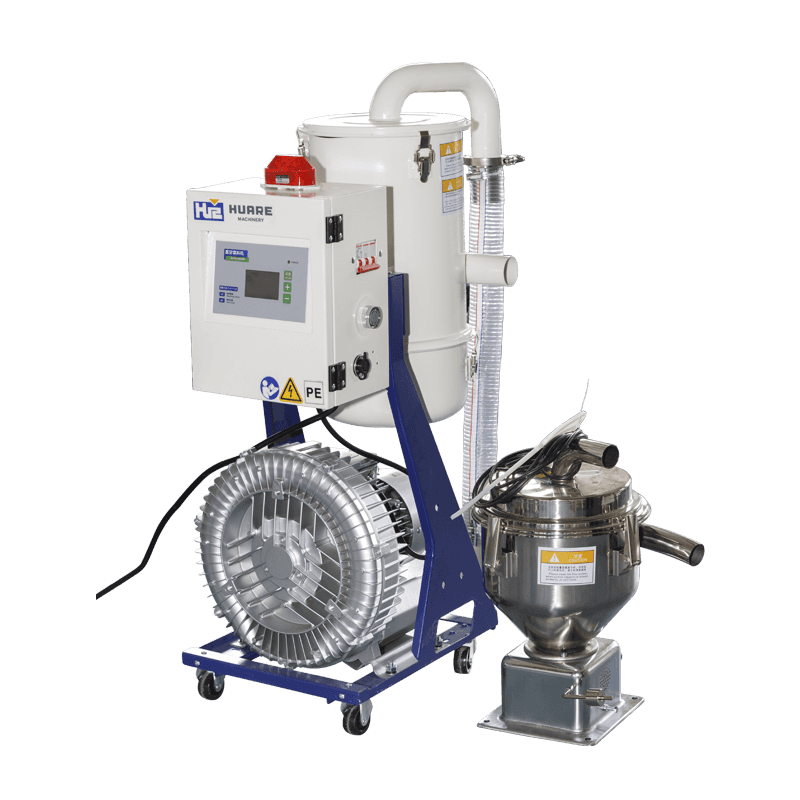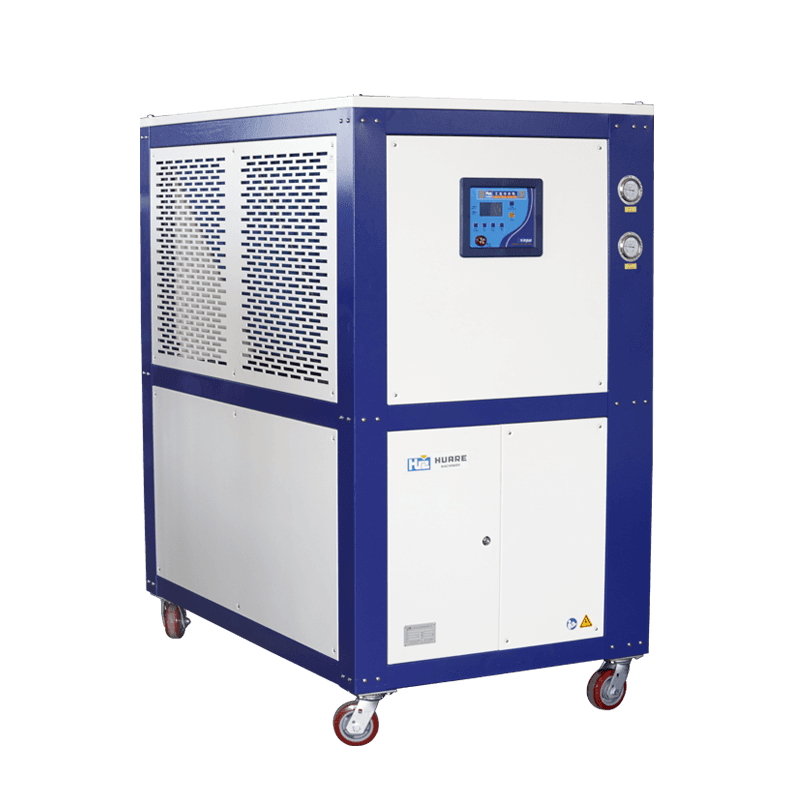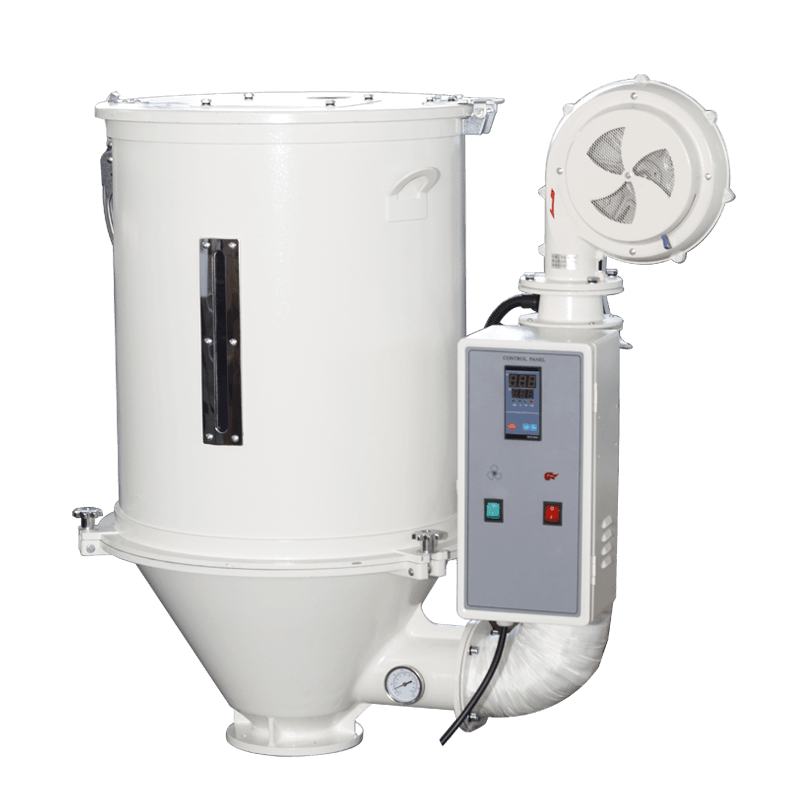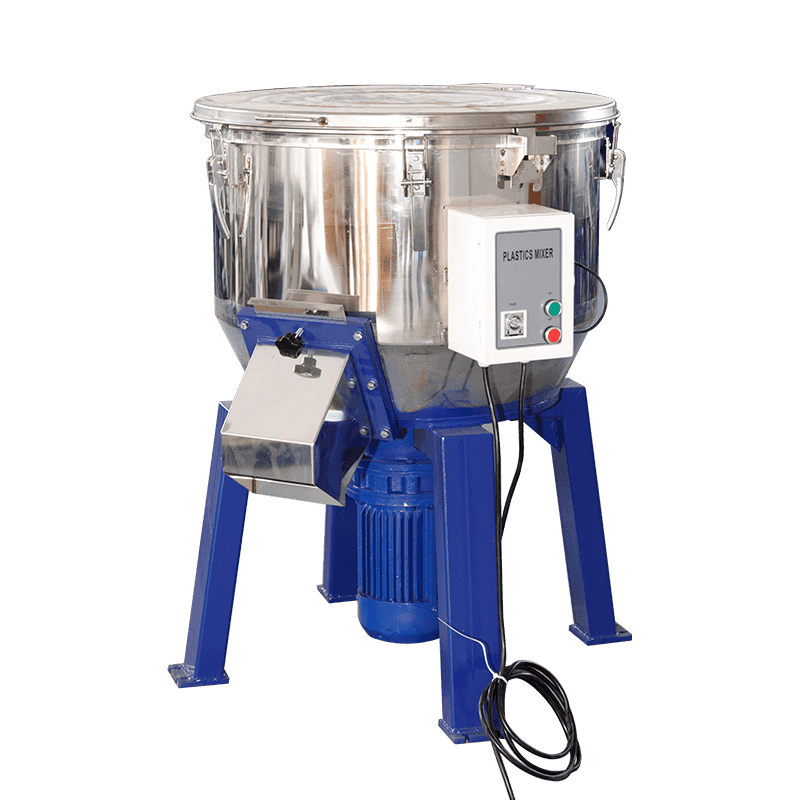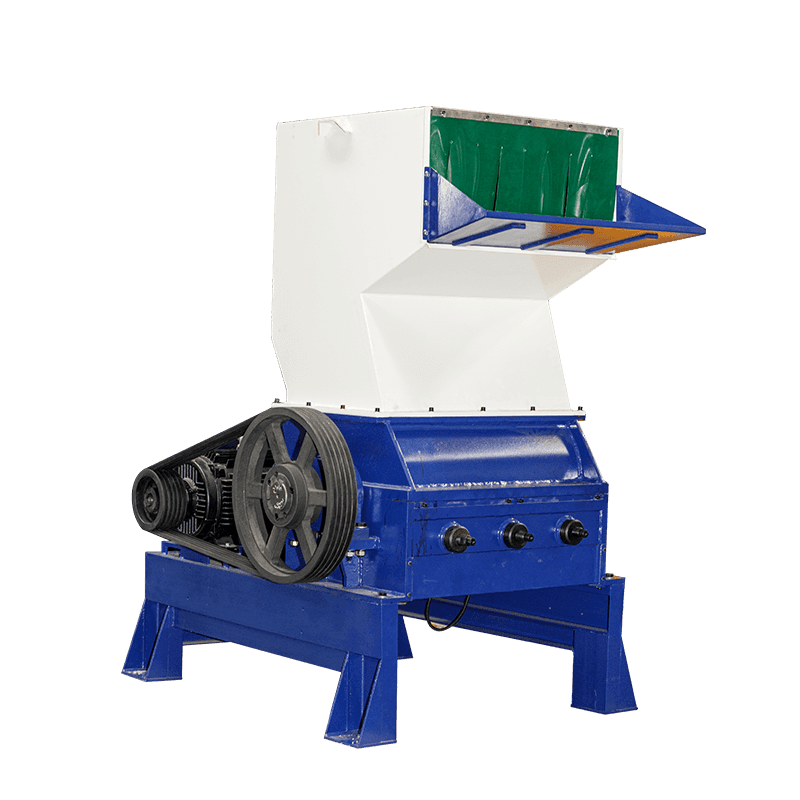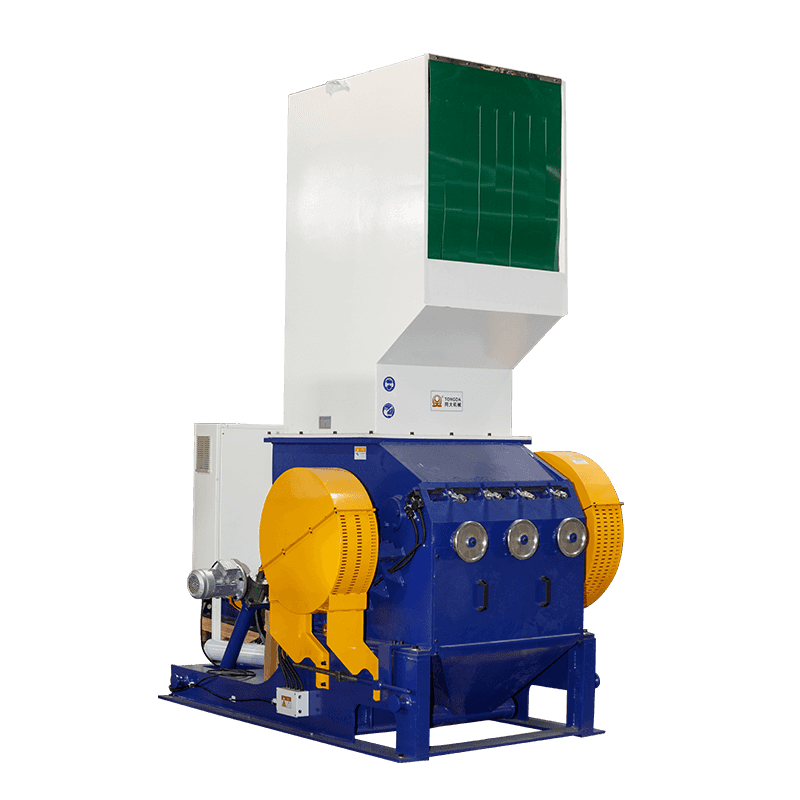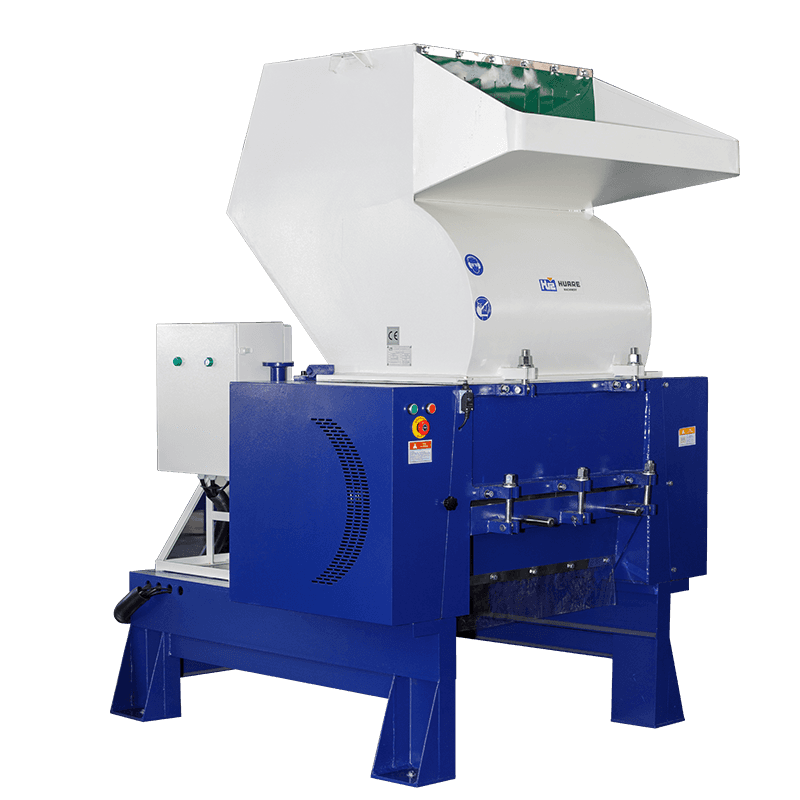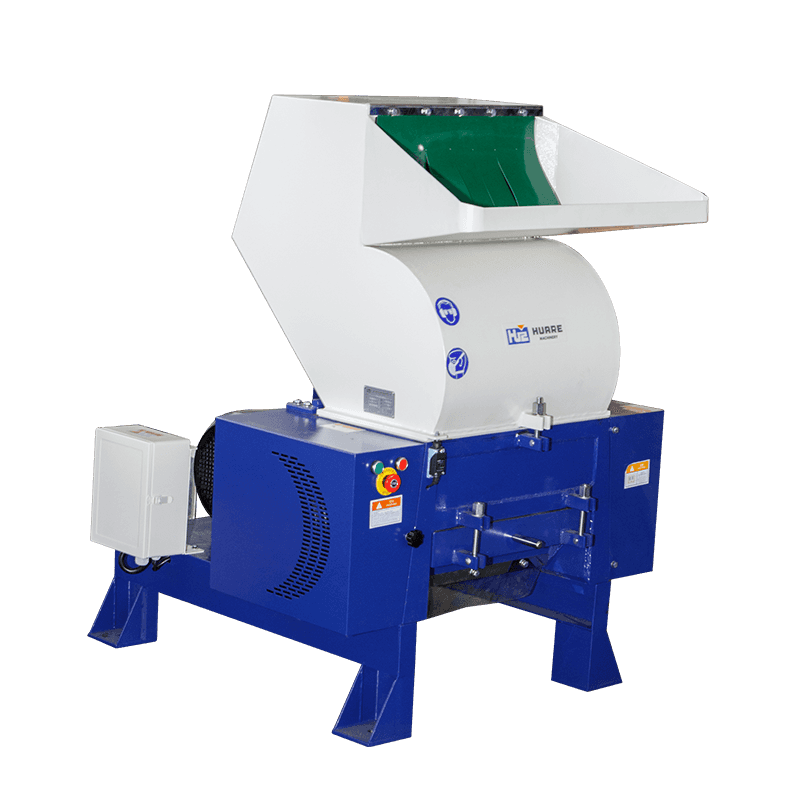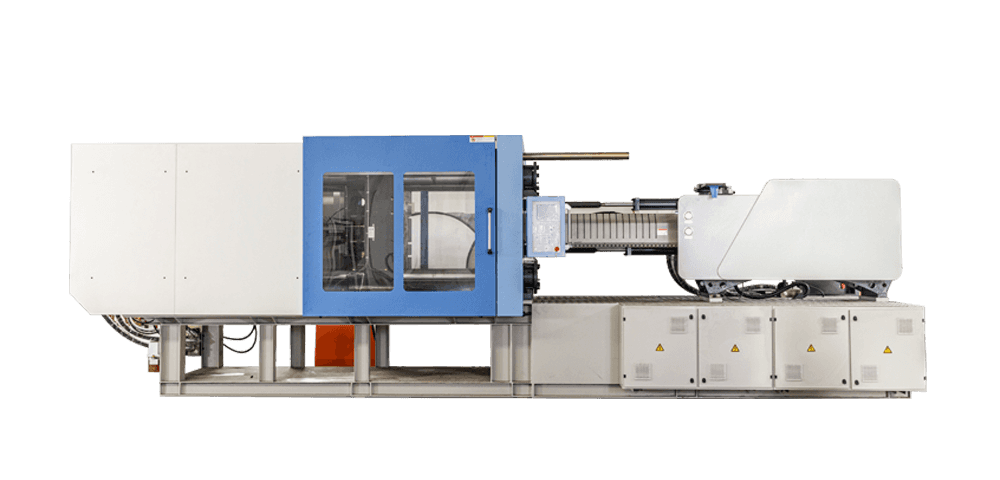In injection production, the cooling time of plastic injection molding parts accounts for about 80% of the entire injection production cycle. Poor cooling often leads to warpage or surface defects of the product, which affects the dimensional stability of the product. Reasonable arrangement of injection, holding pressure and cooling time can improve product quality and productivity.
The cooling time of the part usually refers to the period of time from when the plastic melt fills the cavity of the injection mold until the part can be opened and taken out. The time standard for taking out the part by opening the mold is often based on the part that has been fully cured, has a certain strength and rigidity, and will not be deformed and cracked when the mold is opened and ejected. Even if the same plastic is used for molding, its cooling time varies with the wall thickness, the temperature of the molten plastic, the demolding temperature of the molded part, and the temperature of the injection mold. A formula to calculate the cooldown time 100% correctly in all cases is currently unpublished, but only one based on proper assumptions. The calculation formula also varies depending on the cooling time definition.
At present, the following three standards are usually used as the reference basis for cooling time:
① The time required for the temperature of the center layer of the thickest part of the wall of the plastic injection molding part to cool below the thermal deformation temperature of the plastic;
② The average temperature in the section of the plastic injection molding part, and the time it takes to cool down to the mold release temperature of the specified product;
③ The temperature of the center layer of the thickest part of the wall of the crystalline plastic molding, the time required to cool down to below its melting point, or the time required to reach the specified crystallization percentage.
When solving the formula, the following assumptions are generally made:
①The plastic is injected into the injection mold, and the heat is transferred to the injection mold to be cooled;
② The plastic in the molding cavity is in close contact with the mold cavity and is not separated due to cooling shrinkage. There is no resistance to heat transfer and flow between the melt and the mold wall. The temperature of the melt and the mold wall has become the same at the moment of contact. That is, when the plastic is filled into the mold cavity, the surface temperature of the part is equal to the mold wall temperature;
③ During the cooling process of plastic injection molding parts, the temperature of the surface of the injection mold cavity remains uniform;
④The degree of heat conduction on the surface of the injection mold is certain; (the molten material filling process is regarded as an isothermal process, and the material temperature is uniform)
⑤ The influence of plastic orientation and thermal stress on the deformation of the part can be ignored, and the size of the part has no effect on the solidification temperature.
Ningbo Salai machinery co., Ltd. is an Injection Molding Machine Manufacturer and other products such as Plastic Molding Machine, welcome to visit our official website.




 English
English عربى
عربى Español
Español